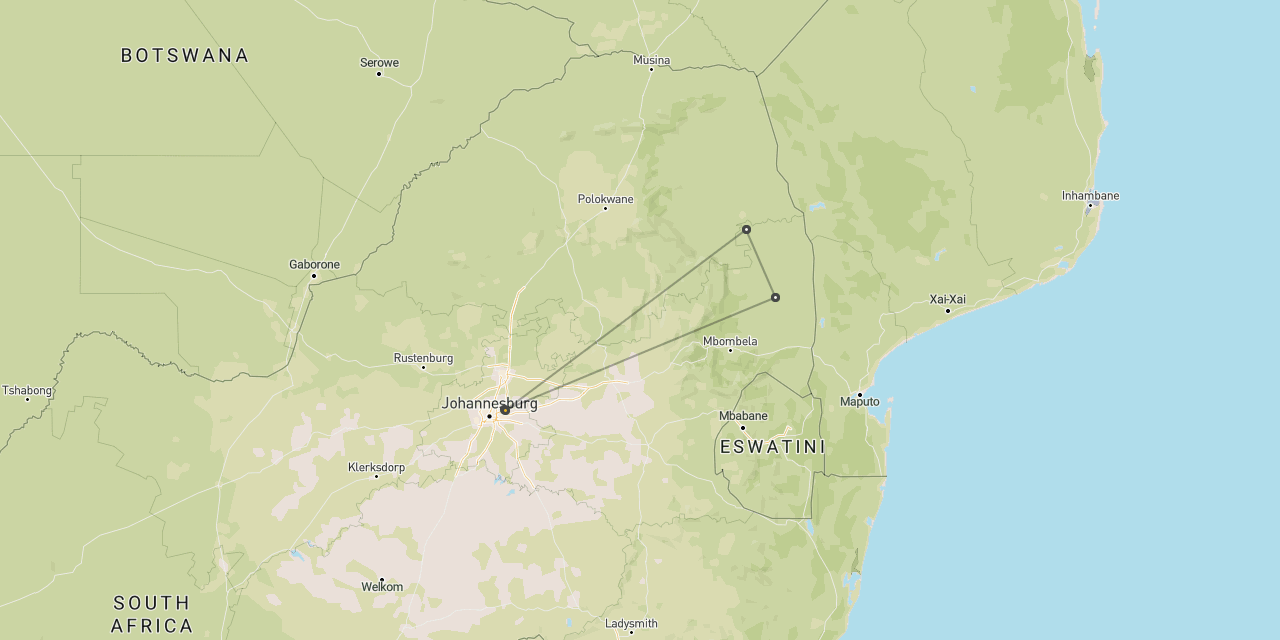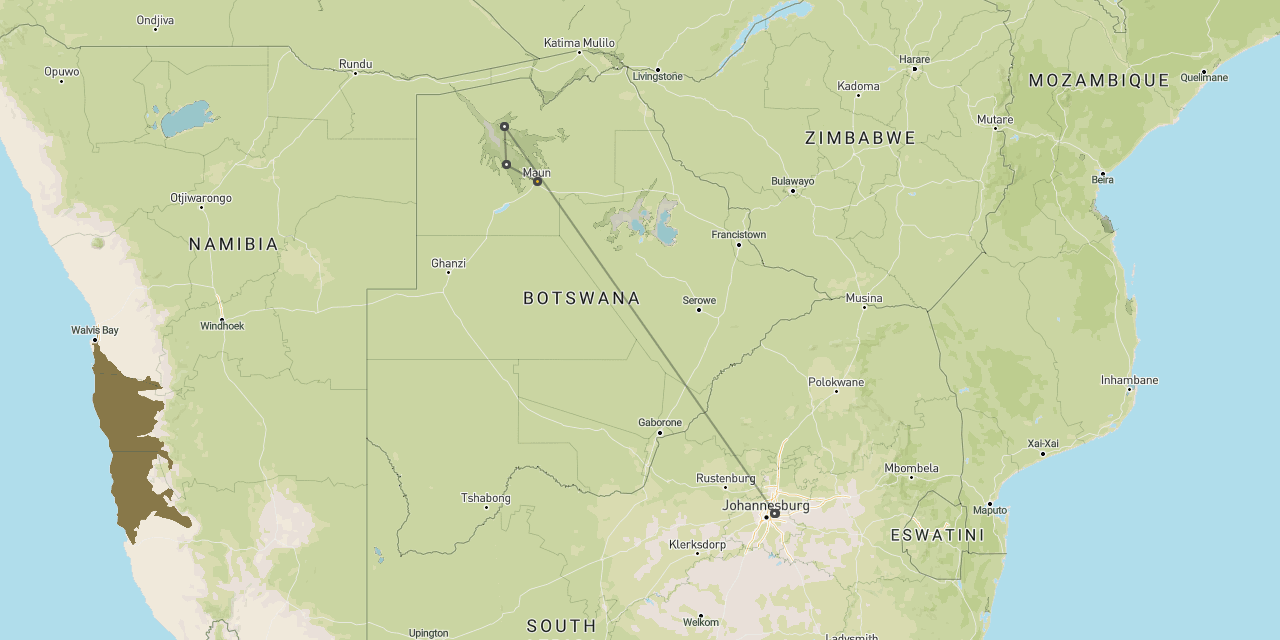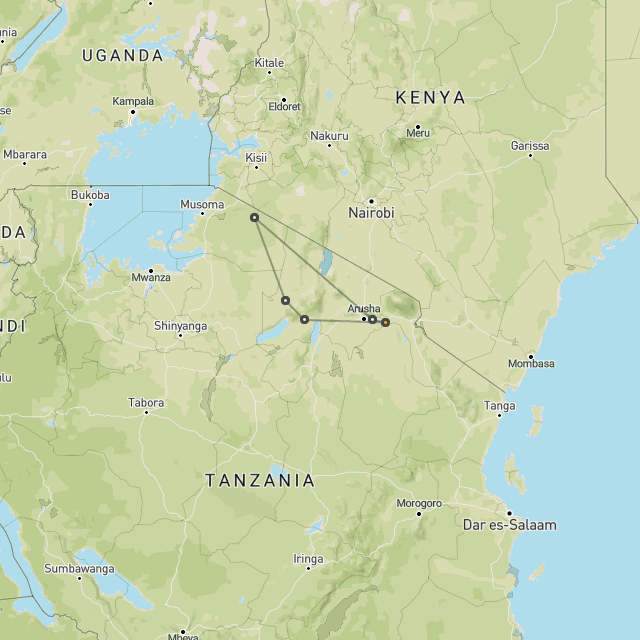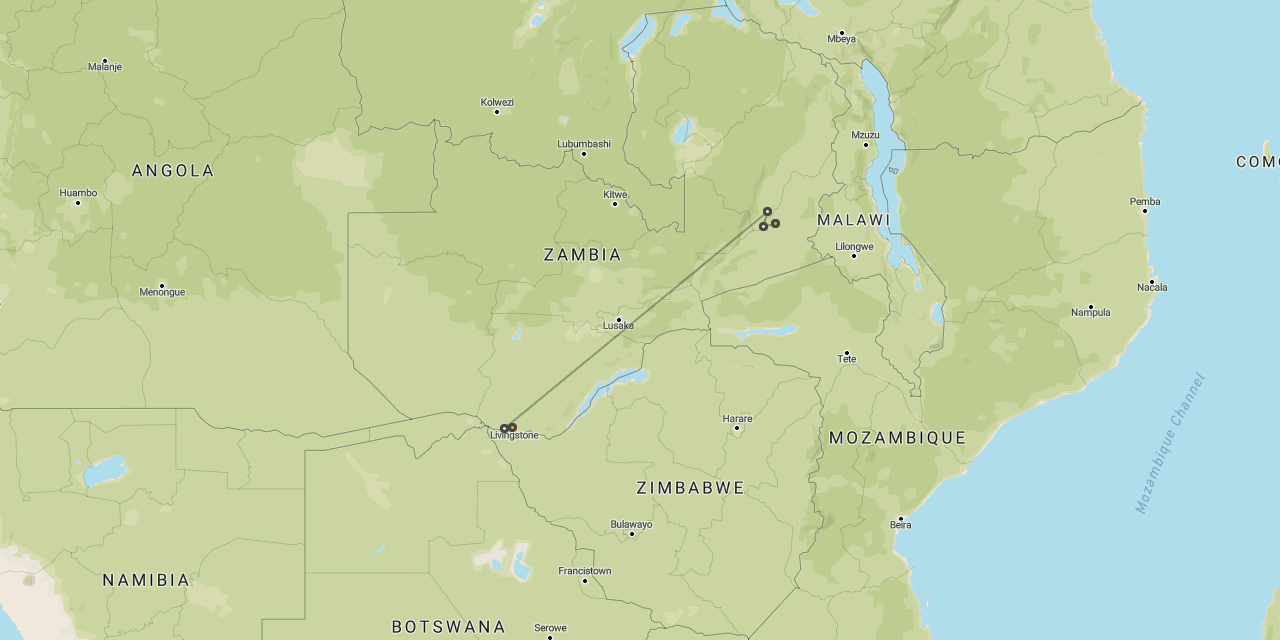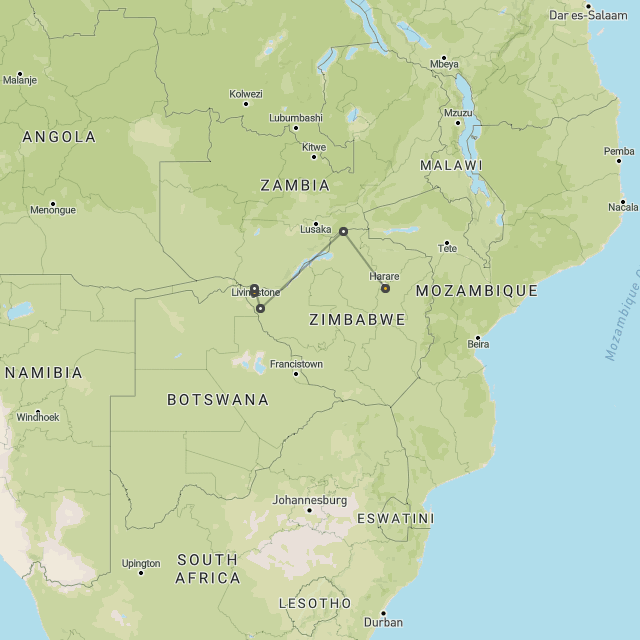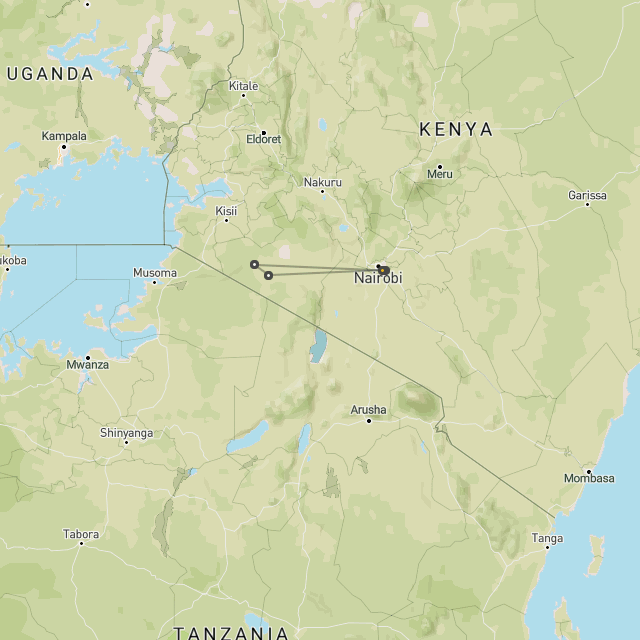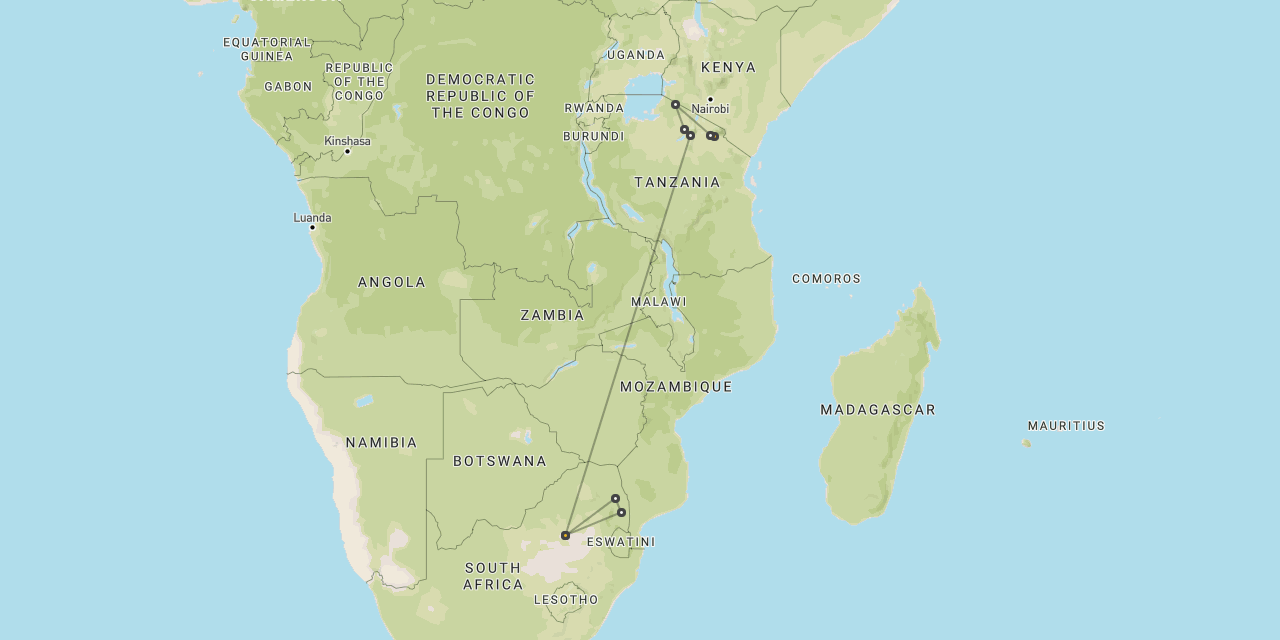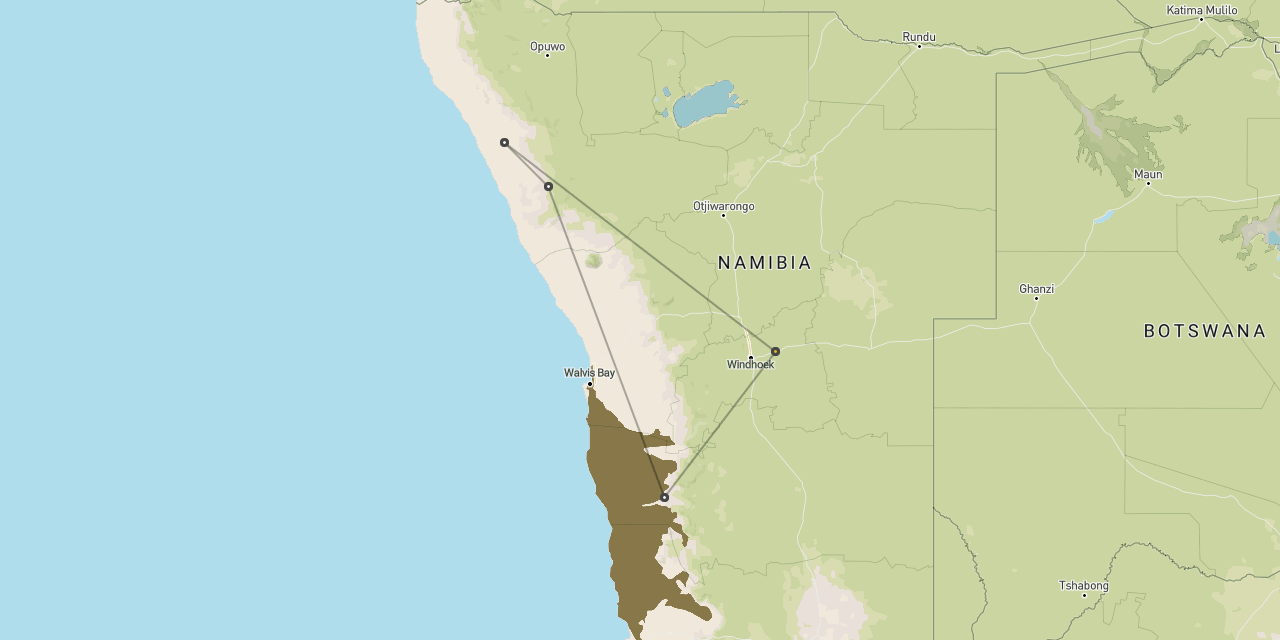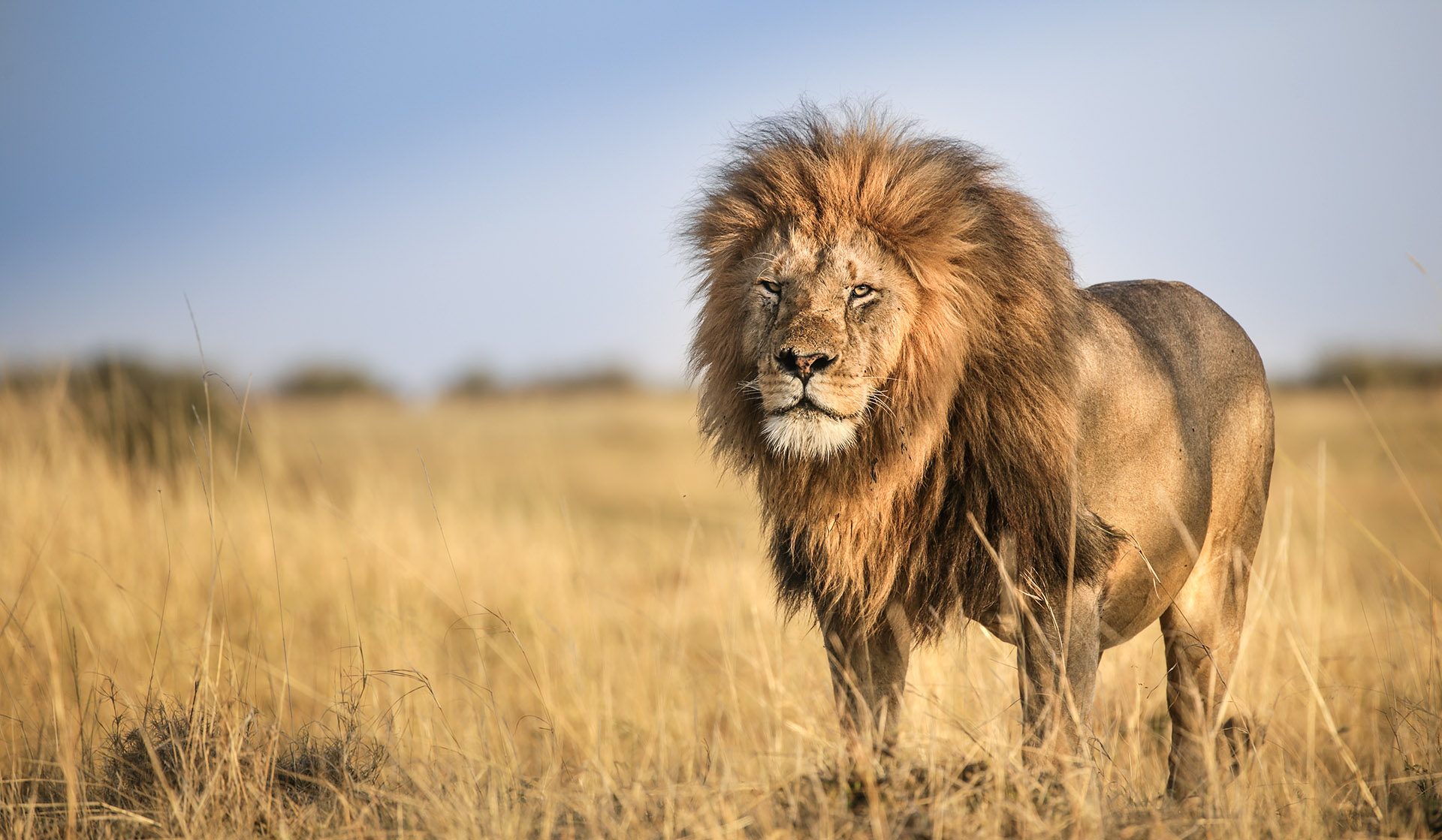
Lion safaris
Lions
inject the raw excitement
into a savanna safari
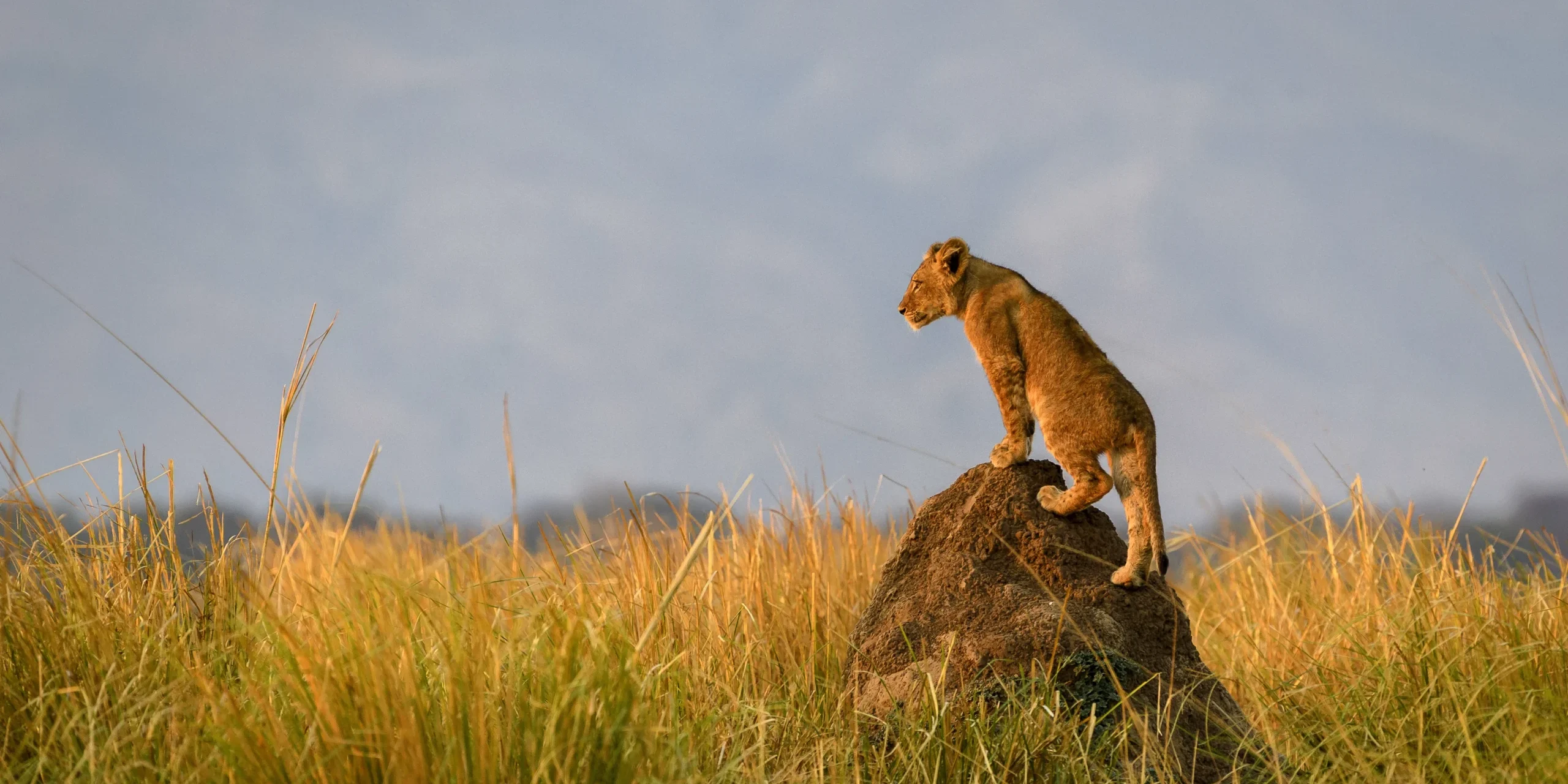
the scariest animals in Africa
Lions are the world’s second largest cats (after tigers) and are top of the food chain in large parts of Africa.
Above all other animals, it is lions which typically inject the excitement into a safari. They are such incredibly powerful and scary creatures. And they clearly know it.
Lion populations in Africa are thought to have dropped by 90% since 1960. Local people are naturally reluctant to share their lands with them, mainly because they have a tendency to prey on domestic herds.
Where previously lions ranged across vast swathes of the continent, these days the main populations are restricted to protected areas.
In common with most of Africa’s wildlife, lion survival is critically linked to income generated by tourism and the amount of land that can therefore be set aside for conservation. Fortunately that mechanism has been working increasingly well in recent decades and, in many safari areas, there are now very healthy lion populations.
Encounters with lions are a cornerstone of most good safaris. Finding lions is not usually a problem, the challenge comes in maximising your chances of quality encounters.
Frequently asked questions
The nature of your lion sightings will have a major effect on the quality and intensity of your overall safari experience. It is so important to get this right.
There is a world of difference between bumping into a few lazy lions during daylight hours and actually tracking and observing these cats when they are active, especially when they are out hunting.
Here’s a few key aspects that you need to consider when looking for proper lion action.
It almost goes without saying that you need a really good guide if you are to maximise your chances of good lion sightings. Your guide not only has to be able to find the cats in the first place, but he has to be able to recognise exactly what they are up to, when and how they are going to hunt and how best to position yourselves to take advantage of the situation without disturbing the action.
Even a great guide has his hands tied behind his back if he’s obliged to stick to the tracks. Going off-road is essential if you are going to track and follow hunting lions.
However in many national parks off-road driving is not permitted, so the opportunities for finding lions and making the most of important sightings is extremely limited.
There are exceptions to this rule, notably in Serengeti and Kruger, where there are so many lions and such an intense network of tracks that close-up sightings are commonplace, albeit with the threat of vehicle clustering.
But on the whole, the best lion experiences are to be found in the private concessions and conservancies that surround many of the national parks. In these areas, vehicle traffic is usually not an issue and guides are much more free to take full advantage of important sightings.
Another very important factor is proximity. Although we love to be in extremely remote and little-visited areas, the animals there tend to be unaccustomed to vehicles and very skittish. An unhabituated lion may take to its heels at two hundred metres, which doesn’t make for much of a sighting.
By contrast, in a busy national park like Maasai Mara or Etosha, lions will let you drive to within two or three metres and barely give you the time of day. They may even wander over to your vehicle and flop down in the shade, leaning against your tires. They can even climb up on the vehicle itself. These lions are still wild, if you were daft enough to get out of your vehicle, they would either run or tear you apart. But they can seem tame, even cuddly. The trouble with this scenario is that you’re likely to be surrounded by other vehicles and unable to off-road.
The ideal situation is to be in a remote private safari area, where there are very few vehicles, but where the guides have been working with their lion prides for at least eight to ten years. By this time, the prides will be made up of two or three generations of cats who have become accustomed to vehicles, so sightings can be nice and relaxed. This is where the real action can be reliably encountered.
sightings range from ordinary to intense
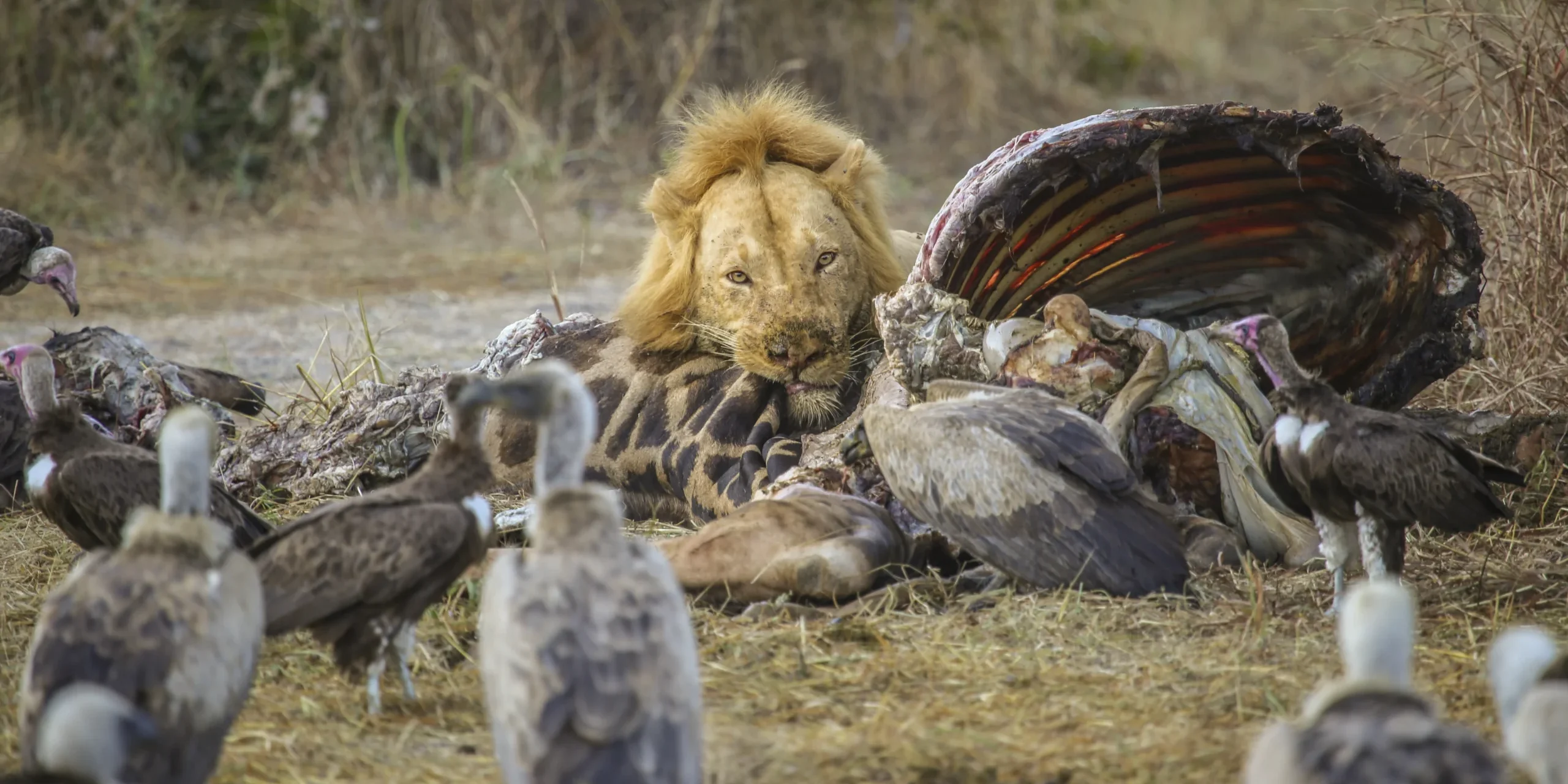
Almost all safari camps offer the chance to find and view lions when out on vehicle safari during daylight hours.
During the day lions are generally sedentary. Shortly after sunrise, once their presence has become widely known, they like to find a nice shady spot, preferably an elevated mound, from where they can casually observe the surrounding savanna.
The whole day is usually taken up with sleeping, occasionally struggling to their feet to move back into the shade, sometimes enjoying a little bit of mutual grooming. Occasionally a pride will be alerted by the sound of a potential prey animal moving nearby, in which case they may all sit up and follow the sound with precision, but only if the unfortunate creature wanders very close, might they be enticed into action. More likely they all flop back to sleep.
Whilst we certainly love spending time with lions whilst they are in this sleepy mood, it’s not exactly action packed. After ten to fifteen minutes you’ve probably seen enough and your guide will gently move on. Needless to say, the lions will have barely given you and your vehicle a second look.
However, if you have the stamina and if the circumstances permit, it’s definitely worth staying with lions through to sunset and beyond.
often sedentary during the day
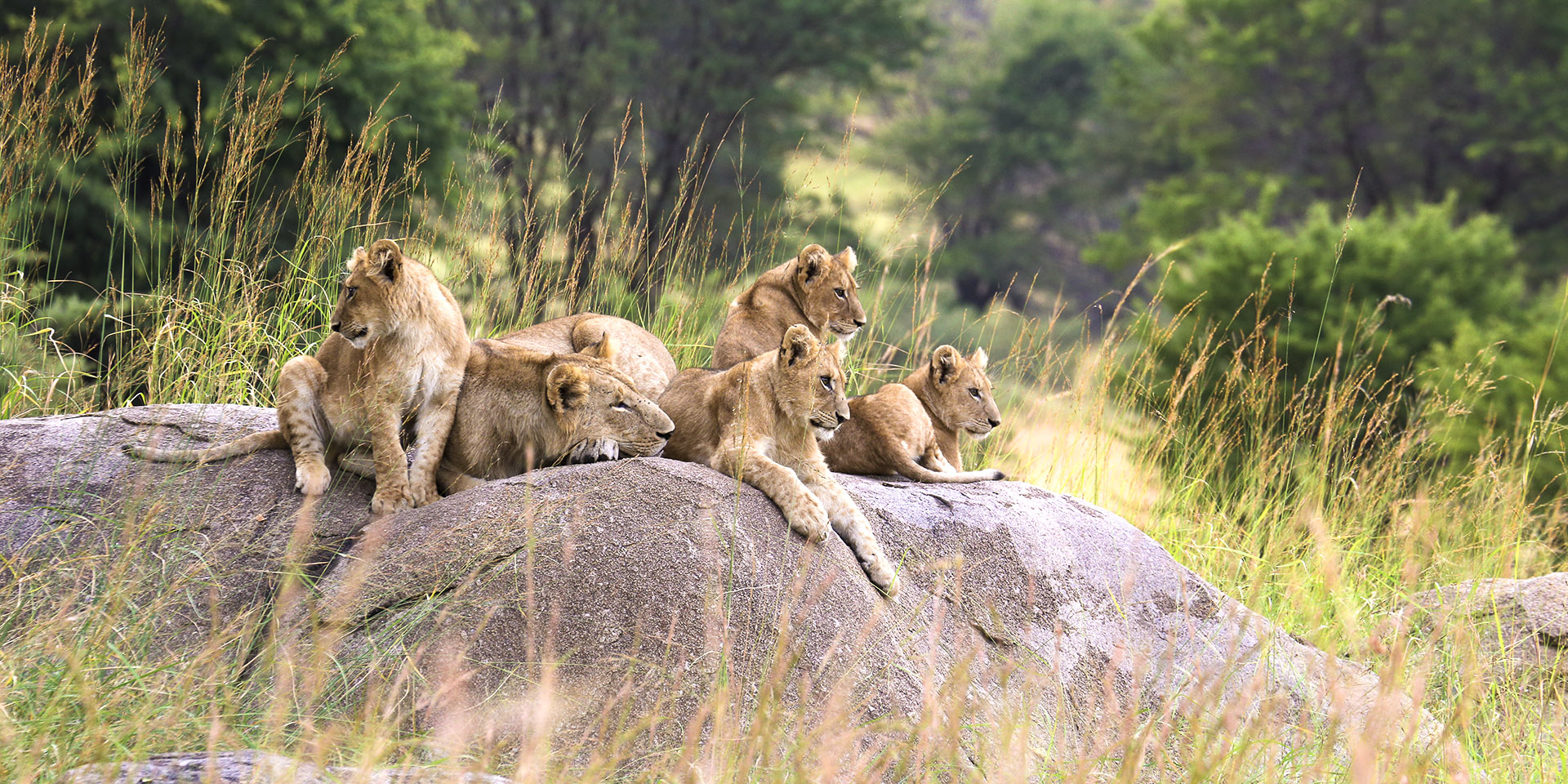
Lions tend to be much more active during the hours of darkness. This is the time that you have to be out and about if you want to witness the most extraordinary sightings.
Unfortunately only a select few camps offer serious night vehicle safari, so we really do need to plan your trip specifically around this experience.
In most areas, the sleeping prides come to life about an hour before sunset, as the heat of the day starts to subside. For a couple of hours they tend to engage in grooming and heading down to water for a drink, the cubs enjoying a prolonged period of play fighting.
Once darkness falls, the lead female of the pride will usually initiate a hunt by simply slipping off into the darkness, the other females following on in a very well rehearsed and ordered fashion. Sometimes the cubs will be tucked away in a hiding spot for the duration, other times they will tag along and only go to ground once a prey animal is engaged.
Lions are generally opportunistic hunters, they wander slowly and (apparently) aimlessly through the bush for hours on end. Most hunts start when an unfortunate prey animal happens to wander into range, or when the lionesses spot a potential target up ahead.
Usually the pride will hunt in a very specific way, with the lead female typically navigating a broad loop to get upwind of the target, which is then driven back into an awaiting fan of females, concealed in an arc on the downwind side.
Other prides specialise in sweeping along the upwind bank of a river, hoping to surprise animals coming down to drink.
If you are lucky enough to encounter hunting lions at night, then your spotter will be able to direct his torch at both predators and prey animals, as well as park the vehicle right in line with the fan of lionesses, all without adversely affecting the hunt, the whole thing carries on as if you weren’t there.
Often the kill will be made within metres of your vehicle, which is one of the most incredible things you will ever experience, the power of these creatures is incredible, their roars shake you from the inside out.
In some unusual circumstances the lions are obliged to adapt their hunting tactics.
For example, when hunting at night on open floodplains (such as in the Jao Concession area of the Okavango Delta during the May-Jul high water season), an interesting dynamic of splash patterns is created. Suddenly the sense of sight and smell are overtaken by the urgent need to hear and comprehend the various noises all around. It’s really fascinating.
Once a kill has been made, the big question is how long it will take for sufficient hyenas to arrive to challenge the lions, in which case open warfare may ensue, providing the most intense of all safari experiences.
Following lions at night is one of the great highlights of real safari. If you are interested, then please let us know and we will help you to include one or two of the handful of camps where this is still done properly.
the most intense safari experience
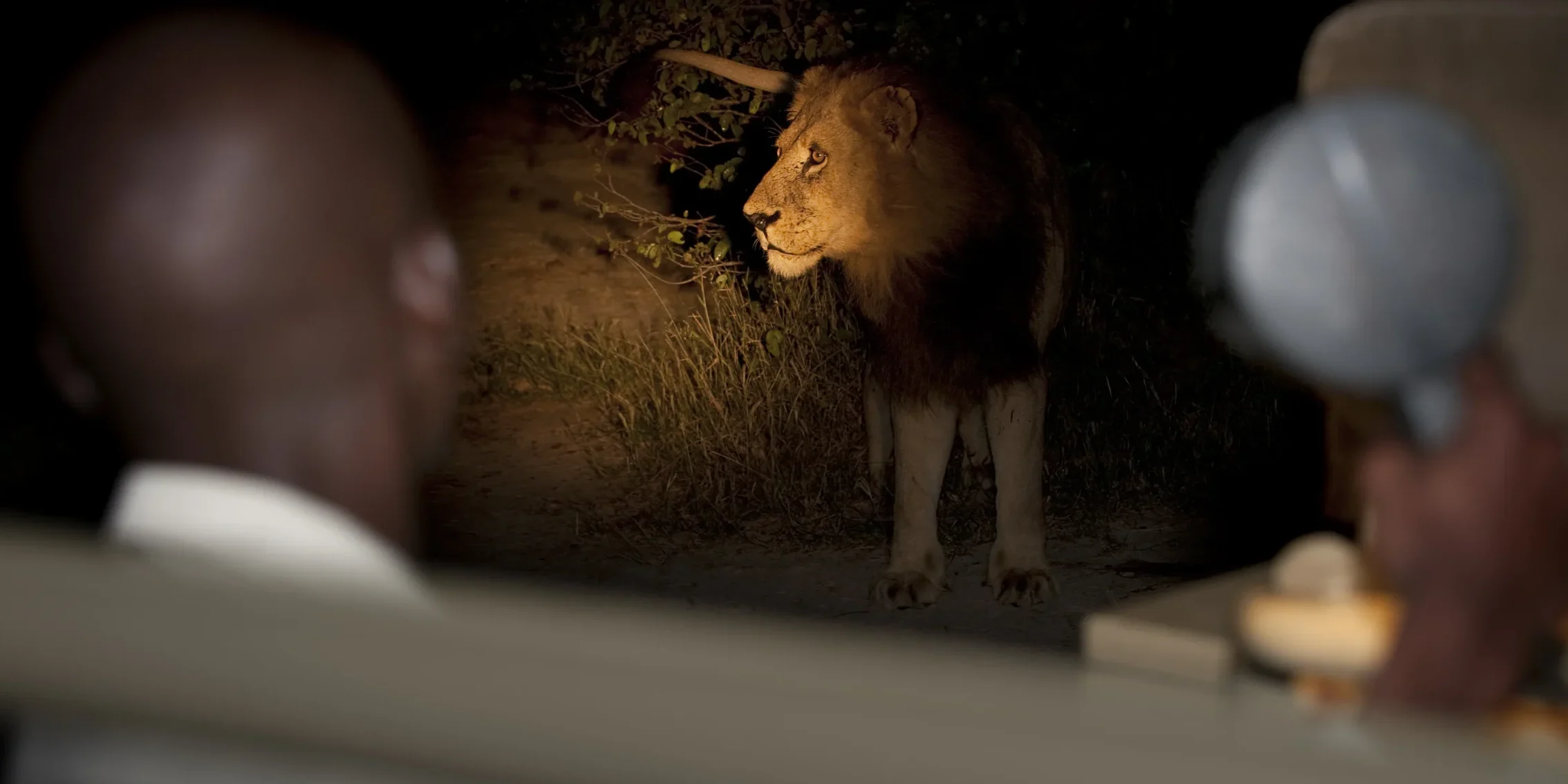
Lions are pretty flexible about their prey species, they are usually able to subtly modify their usual hunting technique to optimise for different animals.
They are generally most at home taking down medium to large antelopes, such as wildebeest, hartebeest, kudus and pukus. Smaller grazers like Grant’s gazelles, impalas and springboks tend to be too fast to catch and too small to make a decent meal.
In some areas prides tend to concentrate on other species which happen to be more numerous, like warthogs.
Occasionally, when prey options become very limited, lions are obliged to come up with completely new hunting strategies in order to outwit animals that would usually be beyond them.
We’ve encountered prides that specialise in bringing down hippos, which they do by tearing the tendons in their back legs and letting them bleed out.
We have heard reports of prides in Botswana that have specialised into taking down young elephants (which takes some serious teamwork) and in northwest Namibia we have seen them take on full sized giraffes (which involves leaping from an elevated position and clinging on tight).
But woe betide the lion who takes on a porcupine or a honey badger, both of which have very effective defensive strategies.
Whatever the prey animal, we never fail to be amazed by the adaptability, precision and efficiency of a lion pride. They truly are remarkable cooperative hunters.
set menus and a la carte options
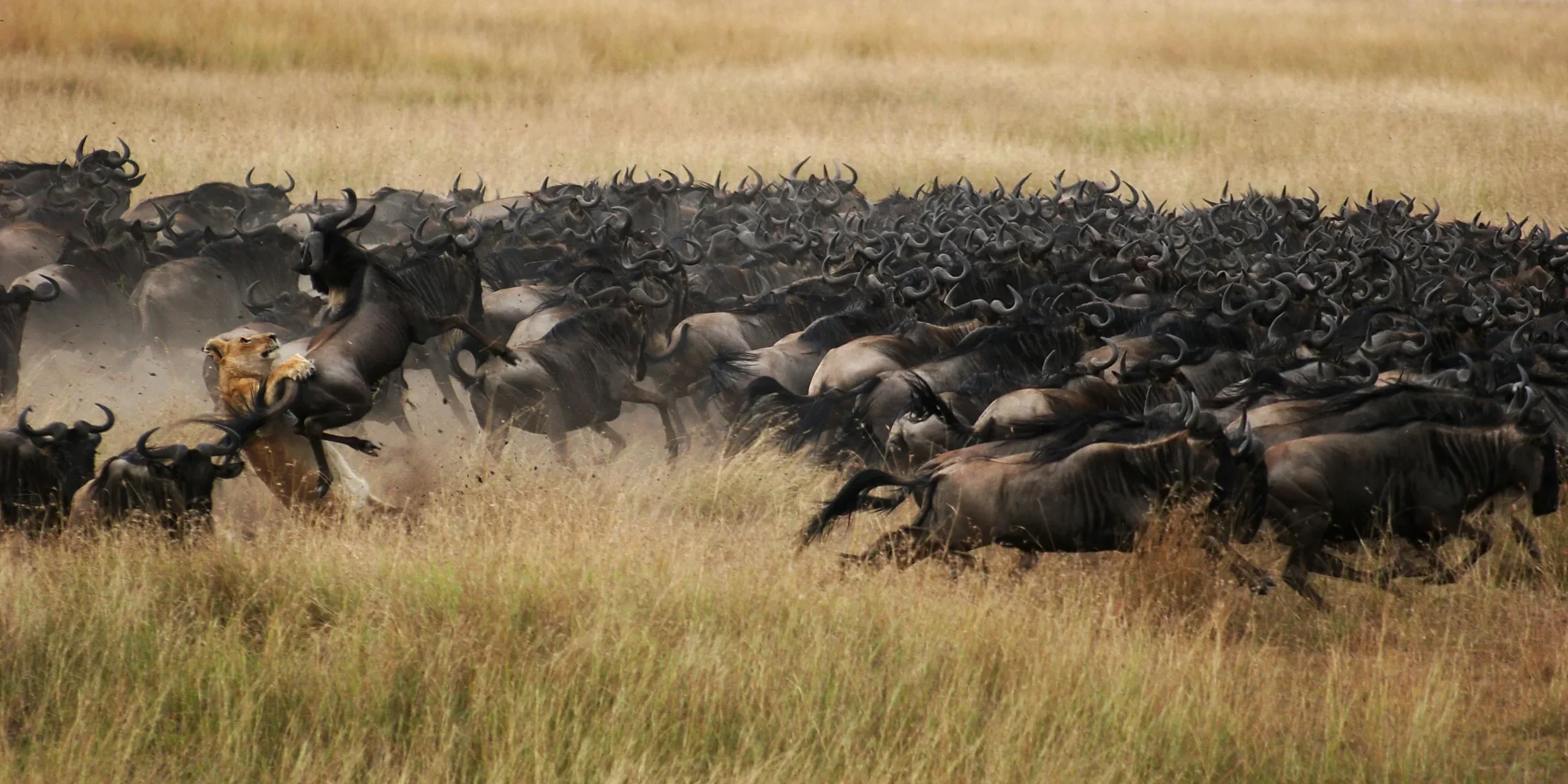
In a few very special locations, lions choose to regularly hunt during daylight hours.
Serious daylight hunting behaviour is most commonly observed in areas of open grassland where large herds of buffaloes congregate, such as the Duba Plains area of the Okavango Delta in Botswana and the Busanga Plains in the Kafue area of Zambia. For this particular type of hunt the lions do not have to rely on stealth, since they are faster and more agile than buffaloes. This is much more of a tactical affair, with the lions working the herd to try to isolate a smaller or weaker individual.
We’ve also regularly seen lions hunt during daylight hours during the May-Jul winter season in Botswana , when the night time temperatures can head down towards freezing. It seems that the lions prefer to huddle together for warmth through the night, before becoming more active for the 2-3 hours after sunrise, after which they flop off to sleep in the usual way. This is definitely a time and a place worth seeking out if you want to photograph this kind of unusual hunting activity.
In most locations, there is a chance that lions might hunt before sundown, if they happen to encounter prey animals soon after they have started to prowl.
daylight hunting is spectacular but gruesome to witness
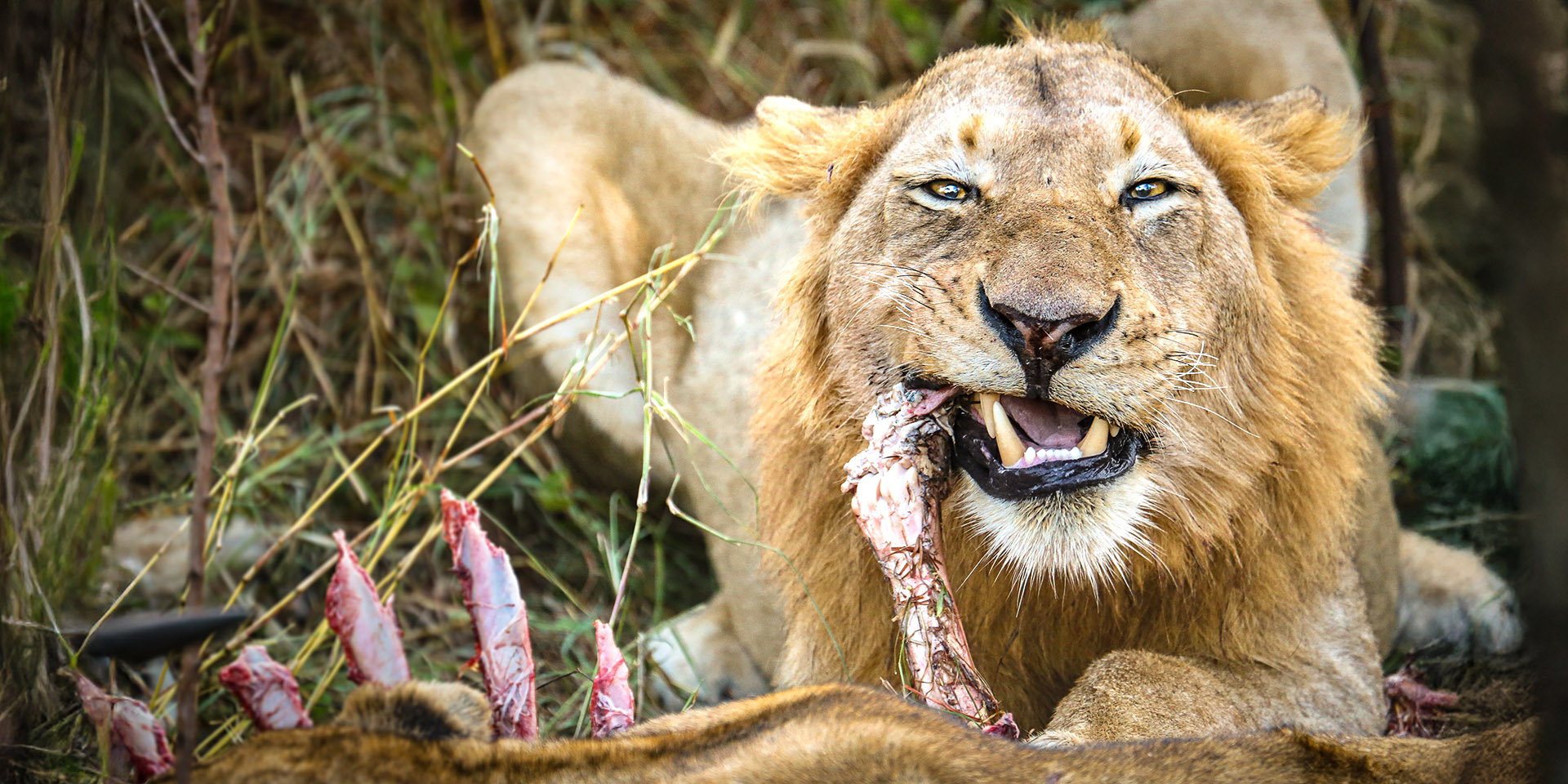
In some rare locations, guides will deliberately track and encounter lions when out on walking safari. This is about as intense as safari can get and is definitely not for the faint-hearted.
This is most commonly done in Zimbabwe, where the best guides use their vehicles to head out looking for tracks, after which they dismount and follow the lions on foot.
If you think this sounds absolutely nuts, then you’d be right. Guides in the rest of Africa do the complete opposite. If they encounter lions when out on walking safari, they will usually call in a vehicle to facilitate a closer approach.
But the guides in Zimbabwe are widely recognised as being the best on the continent, so we’ve always been happy to go with their recommendation. Certainly we’ve had some pretty epic experiences here, notably out of Camp Hwange and Hwange Bush Camp, as well as Goliath Tented Camp in Mana Pools.
Elsewhere in Africa the camps which offer deliberate walking safari approaches onto lions tend to be pretty thin on the ground. We have done this in the Kafue, South Luangwa and Lower Zambezi areas of Zambia, as well as at Kichaka Zumbua Camp in Ruaha in Tanzania.
But it’s very much the exception rather than the rule, it relies on the presence of an unusually intense and committed guide.
not quite as mad as it sounds
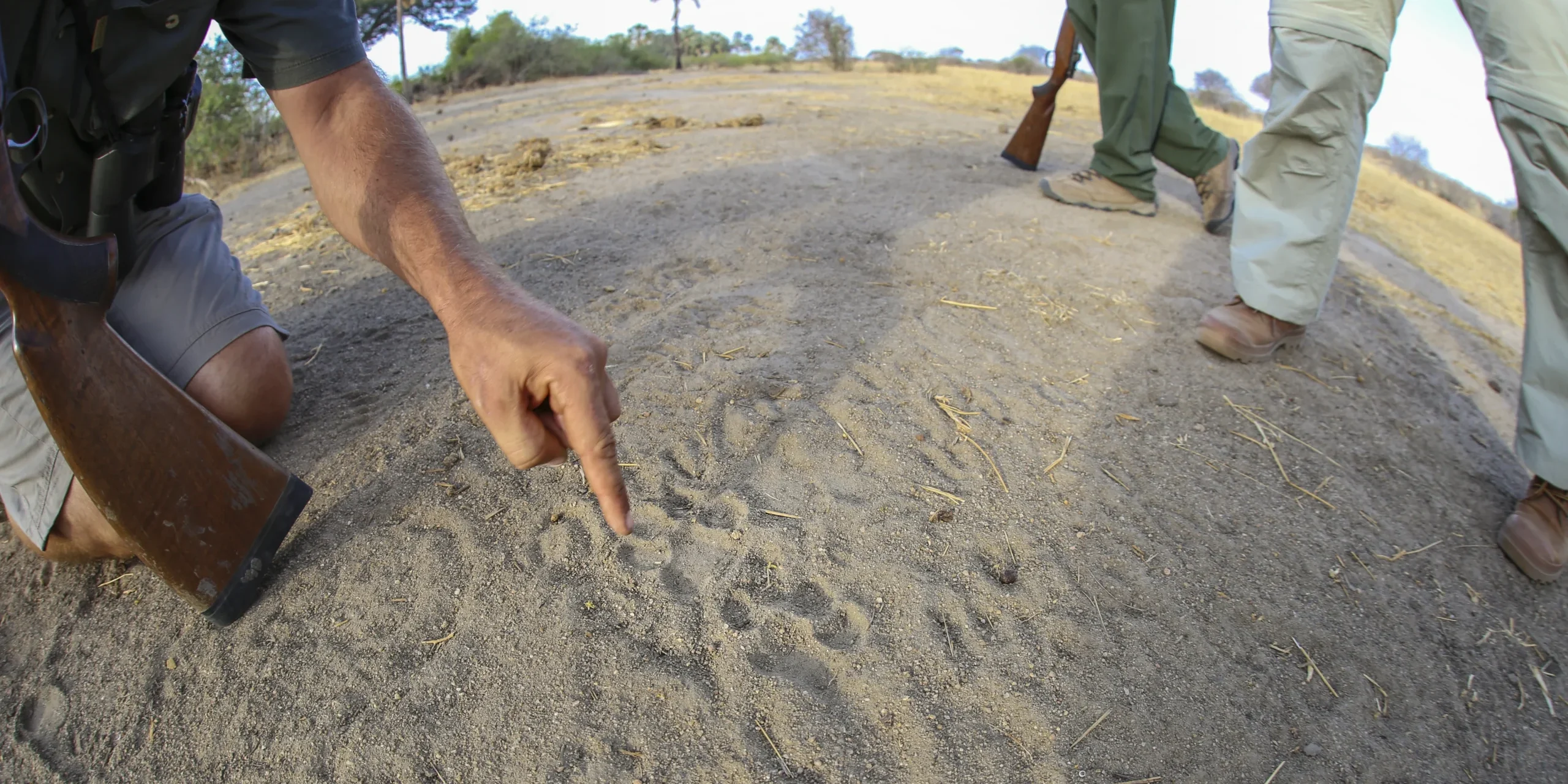
Some safari locations in Africa claim to have “tree-climbing lions” and promote this as being some kind of rare and unusual behaviour.
The reality is that most lions will climb trees, when presentted with a suitable opportunity.
The most common reasons appear to be to chase prey or to use the tree as a lookout. They also sometimes appear to do it just for fun.
However, the most common reason is to avoid biting flies, which can become a real nuisance at certain times of year.
The behaviour is most famously observed at Lake Manyara National Park in Tanzania and in the Ishasha sector of Queen Elizabeth National Park in Uganda, but we’ve seen lions in trees in most major safari areas over the years.
lions often climb trees
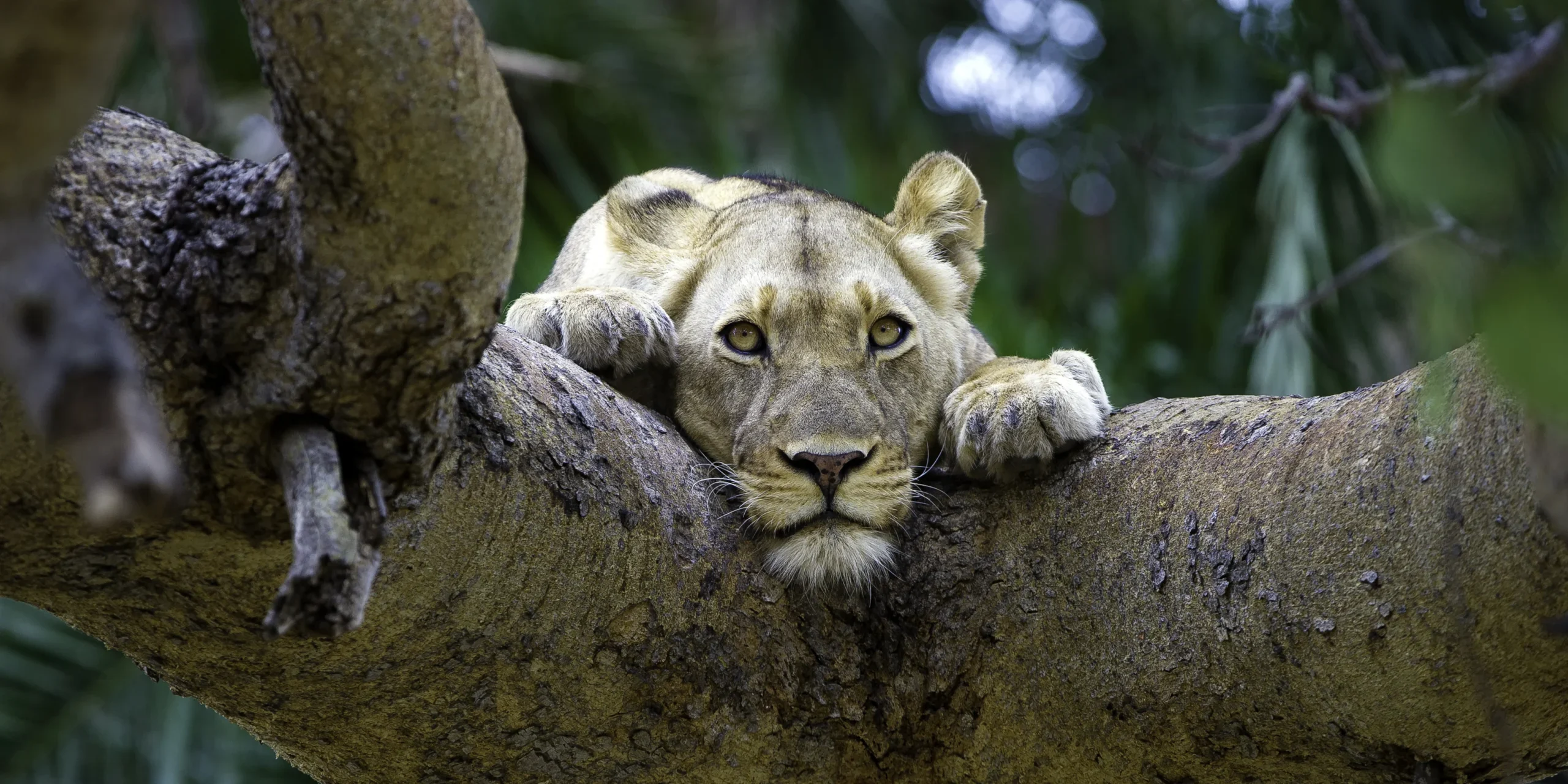
Man-eating lions are extremely rare, but incidents do occur from time to time, usually where the animals are under stress from encroachment or sickness.
Under these unusual circumstances the rogue animals are usually tracked down and shot by the authorities.
We are aware of only one instance where someone at a safari camp has been killed by a lion. It occurred when we were staying at a camp in Botswana back in 2004 and was thought to have come about when lions became distressed during an unusually severe drought. The victim was a member of staff, who failed to observe protocol and, unfortunately, chose to run when he encountered them on a path between rooms.
We also had an incident in 2015, when one of our guests was attacked by a lion when sleeping in a lightweight mosquito net tent (which we do not recommend).
The bottom line is that so long as you are staying in a substantial camp and so long as you strictly adhere to camp rules and your guide’s instructions, the risk of an adverse lion encounter is extremely small.
it’s all about the doubt
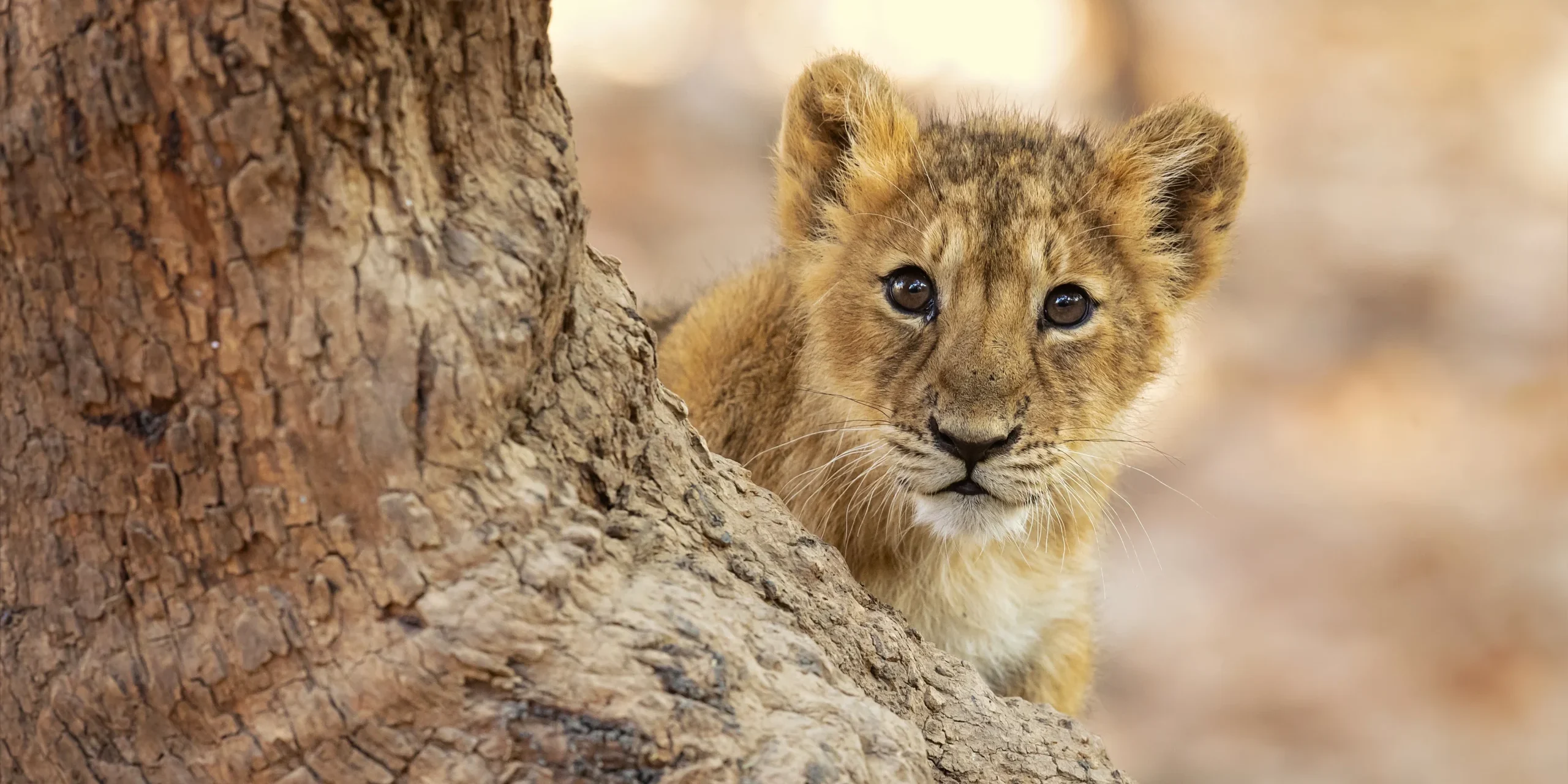
Historically, Asiatic lions used to range widely across Arabia, the Indian subcontinent and into western Asia.
There are lots of examples of lions in the architecture, art and rock-art across India in particular, which implies their presence there within the last two thousand years.
However Asiatic lions are now restricted to the Sasan Gir National Park of Gujarat in the west of India, where a population of around 500-600 animals is stable or increasing.
There are now at least two decent lodges in this area and it is relatively easy to add a 4-5 nights onto a tiger safari to also include these rare lions.
This does open up the possibility of fabulous trips to India which include no fewer than four big cats, namely tigers, leopards, snow leopards and lions. But you would need the best part of a month.
a great stronghold
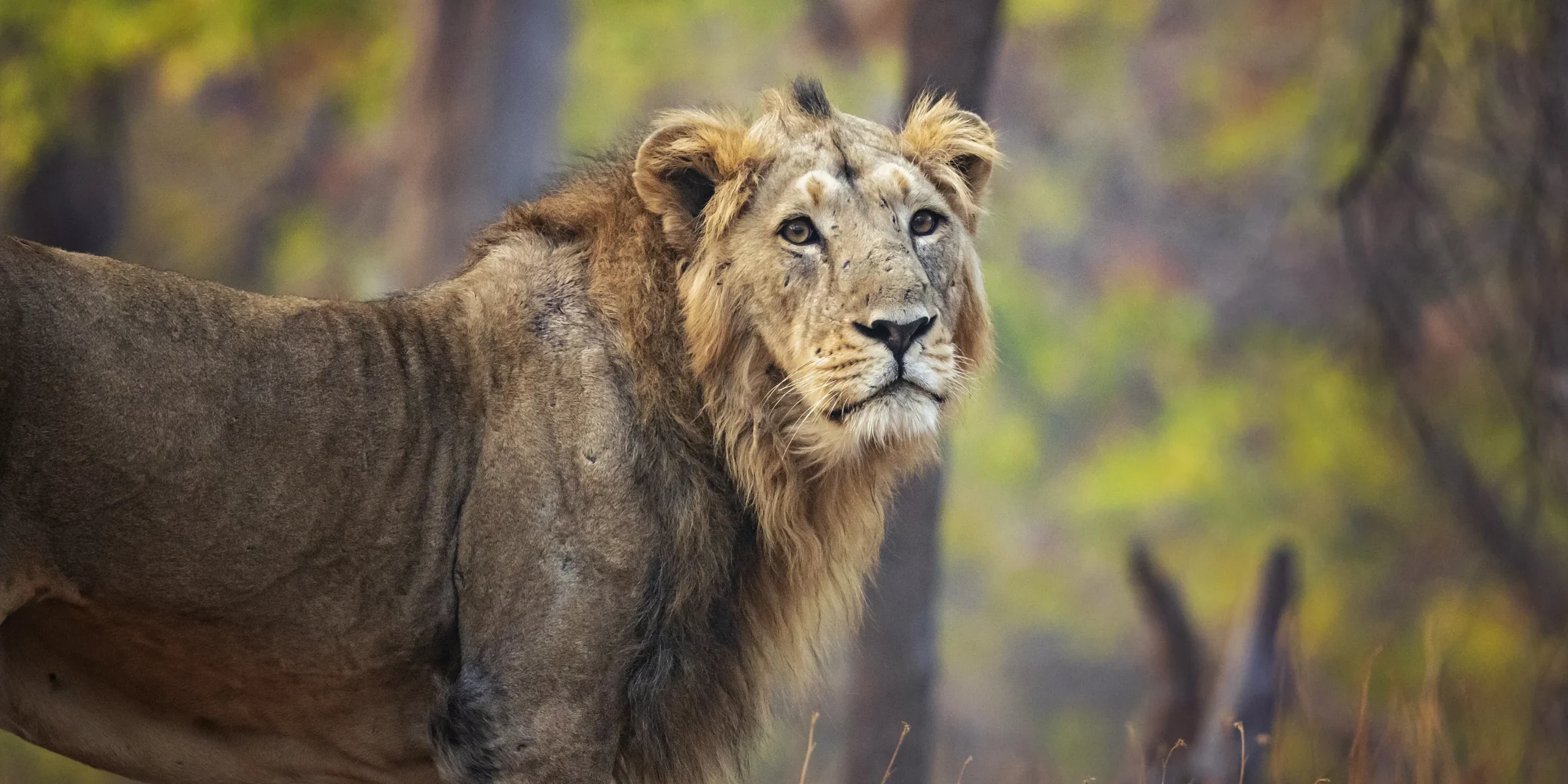
let us know about your specific interests
and we will help build an amazing safari
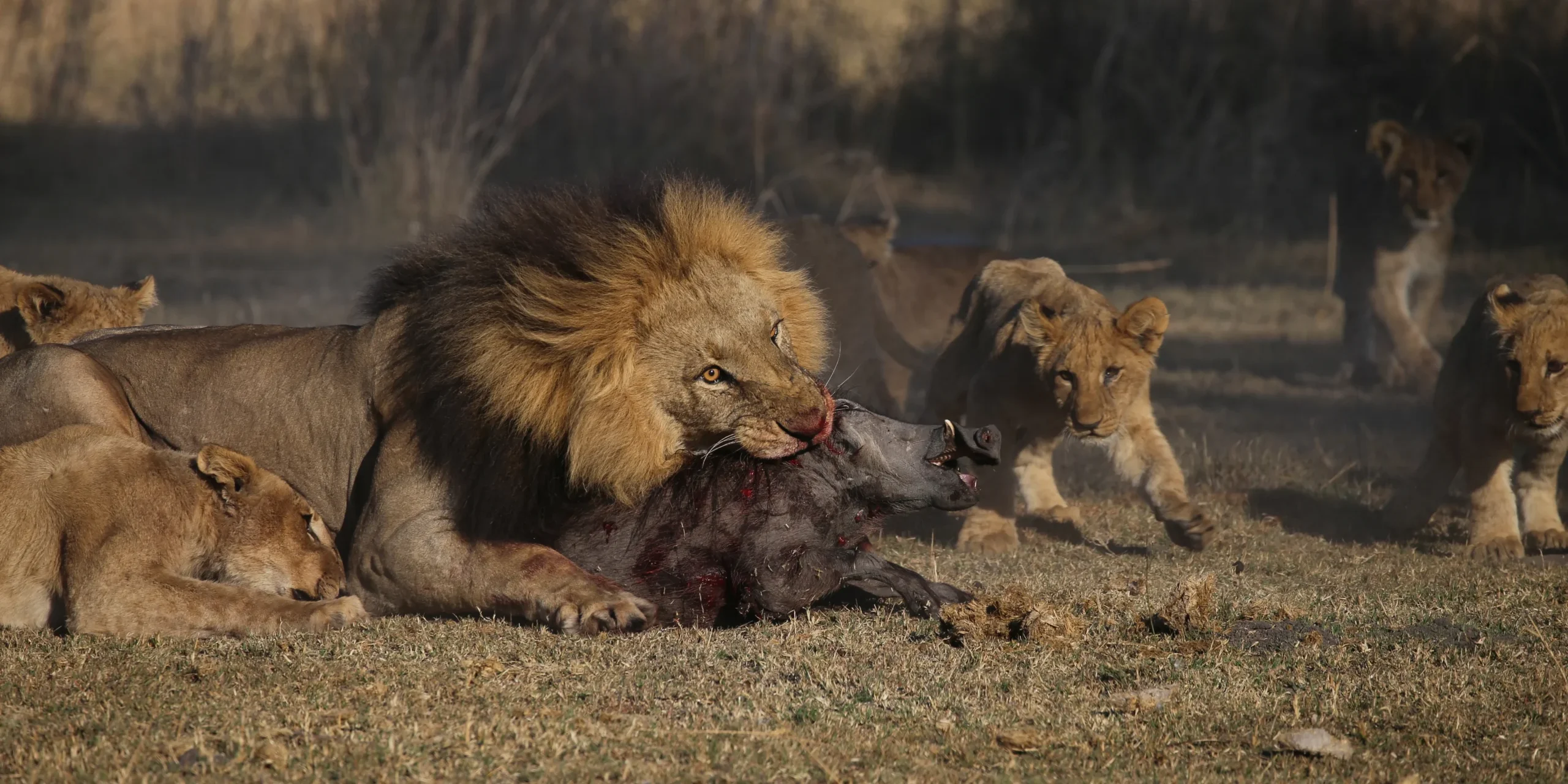
Extraordinary tailor-made adventures,
from earthy and edgy to easy and extravagant
From around USD 2500 per person, you set the ceiling
Sample Trips
Here are some of our popular trip shapes
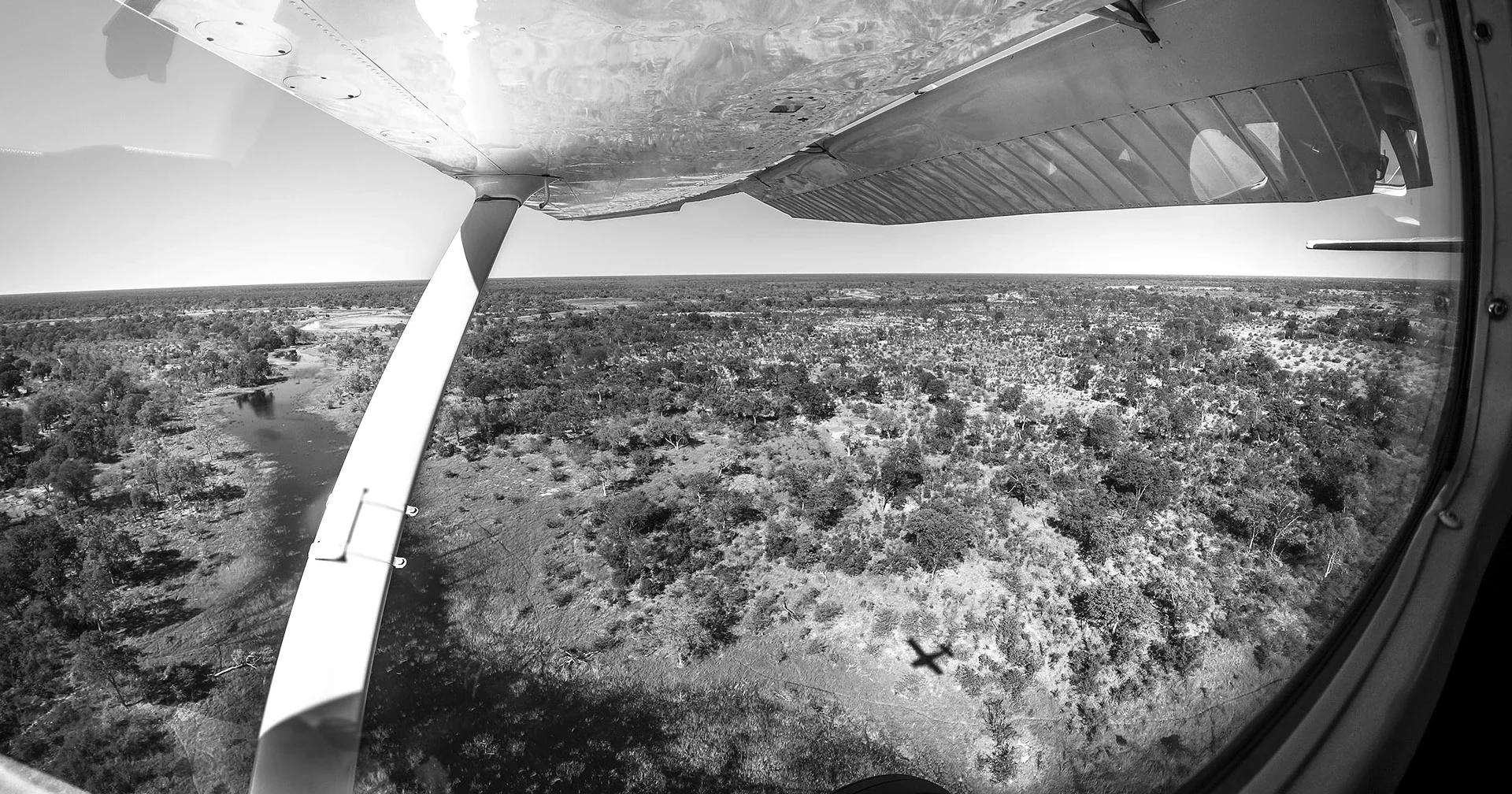
Get started on your trip
It’s never too soon to get in touch, we are here to help with every stage of your planning.
